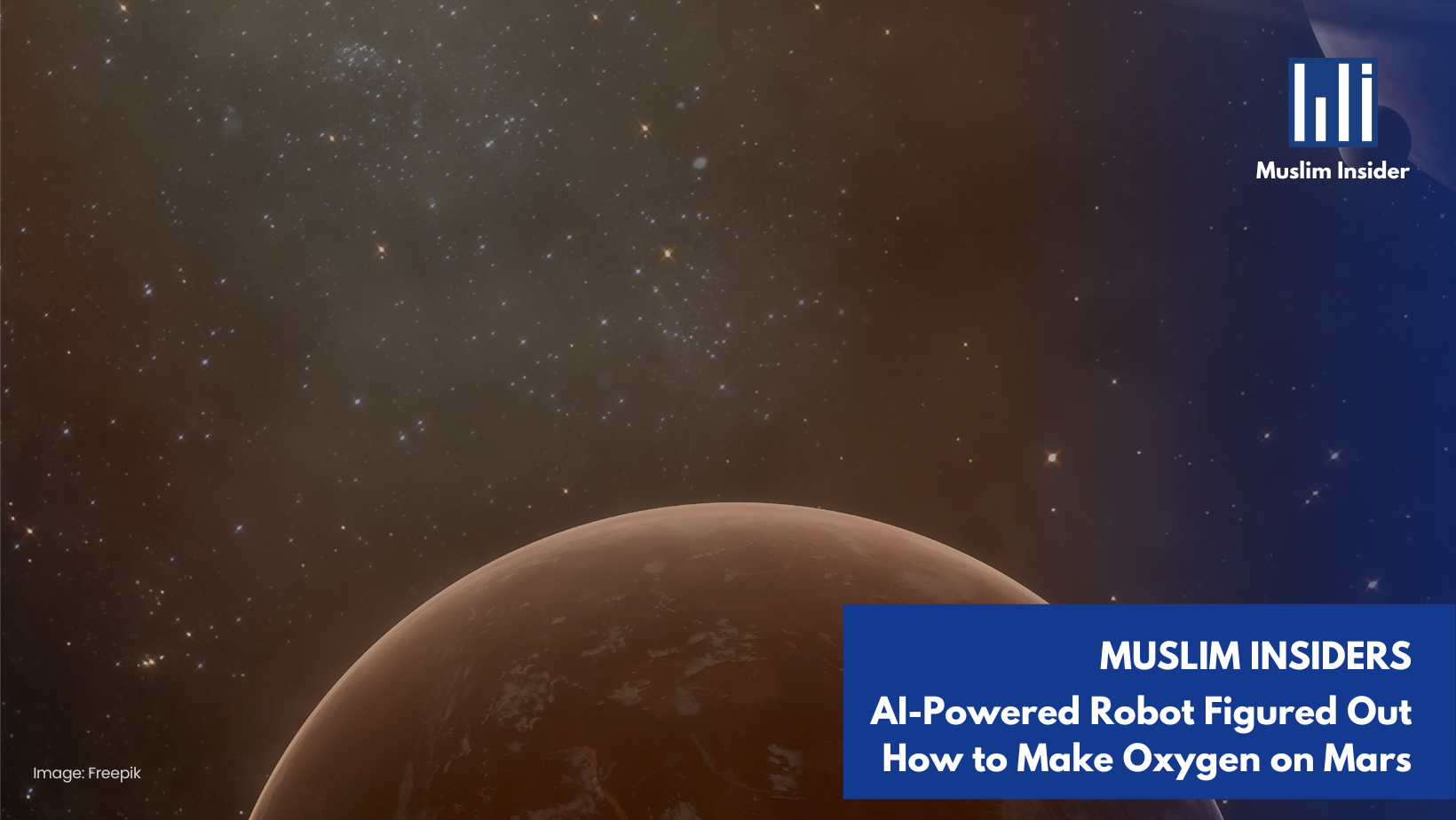
AI-powered robots have increased in number ever since AI technologies have gradually advanced over time. There have been many AI robots operating worldwide, such as the robot deliveries operating in South Korea by Woowa Brothers and warehouse robots in the United States by Agility Robotics.
This time, an AI-powered robot known as M3GAN, a cutting-edge Model 3 generative android, emerged. The AI-powered robot, resembling a large box with a robotic arm, analyzes Martian ore without any human intervention. Using acid and alkali, it searches through 3.7 million possible combinations to find the optimal catalyst for oxygen evolution from water.
Jun Jiang and his team at the University of Science and Technology of China in Hefei demonstrated the robot, showcasing its ability to produce oxygen from Martian materials. While Mars lacks oxygen, it’s rich in water, ice and rocks, creating all the air humans need. The results were published in the journal Nature Synthesis, which reveals the future of space exploration.

According to the team, this robotic chemist can produce 60 grams of oxygen per hour from a single square meter of Martian dirt. This discovery adds to ongoing research such as NASA’s Mars Oxygen In-Situ Resource Utilization Experiment (MOXIE), which demonstrates the importance of diverse oxygen-generating tools in extraterrestrial environments.
Focusing on utilizing local materials, this technology could help in providing oxygen to humans on Mars. This AI-powered robotic chemist is not limited to oxygen production; it can unlock the secrets of various catalysts and compounds.
According to a new study published in Nature Synthesis, compared to humans, which take almost a lifetime to make oxygen, the robot makes the tasks quicker. With over a million potential oxygen evolution reaction (OER) catalysts on Mars, humans face endless possibilities, according to the paper. That is the reason why it took so long to make the oxygen. Not only that, communication delays of up to 20 minutes between Earth and Mars have become a challenge.
“Within six weeks, the AI chemist built a predictive model by learning from nearly 30,000 theoretical datasets and 243 experimental datasets,” the study shows.





